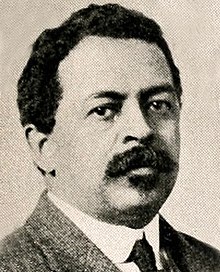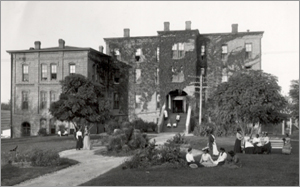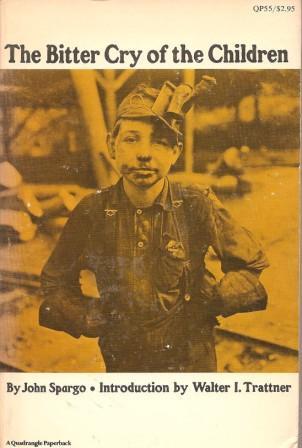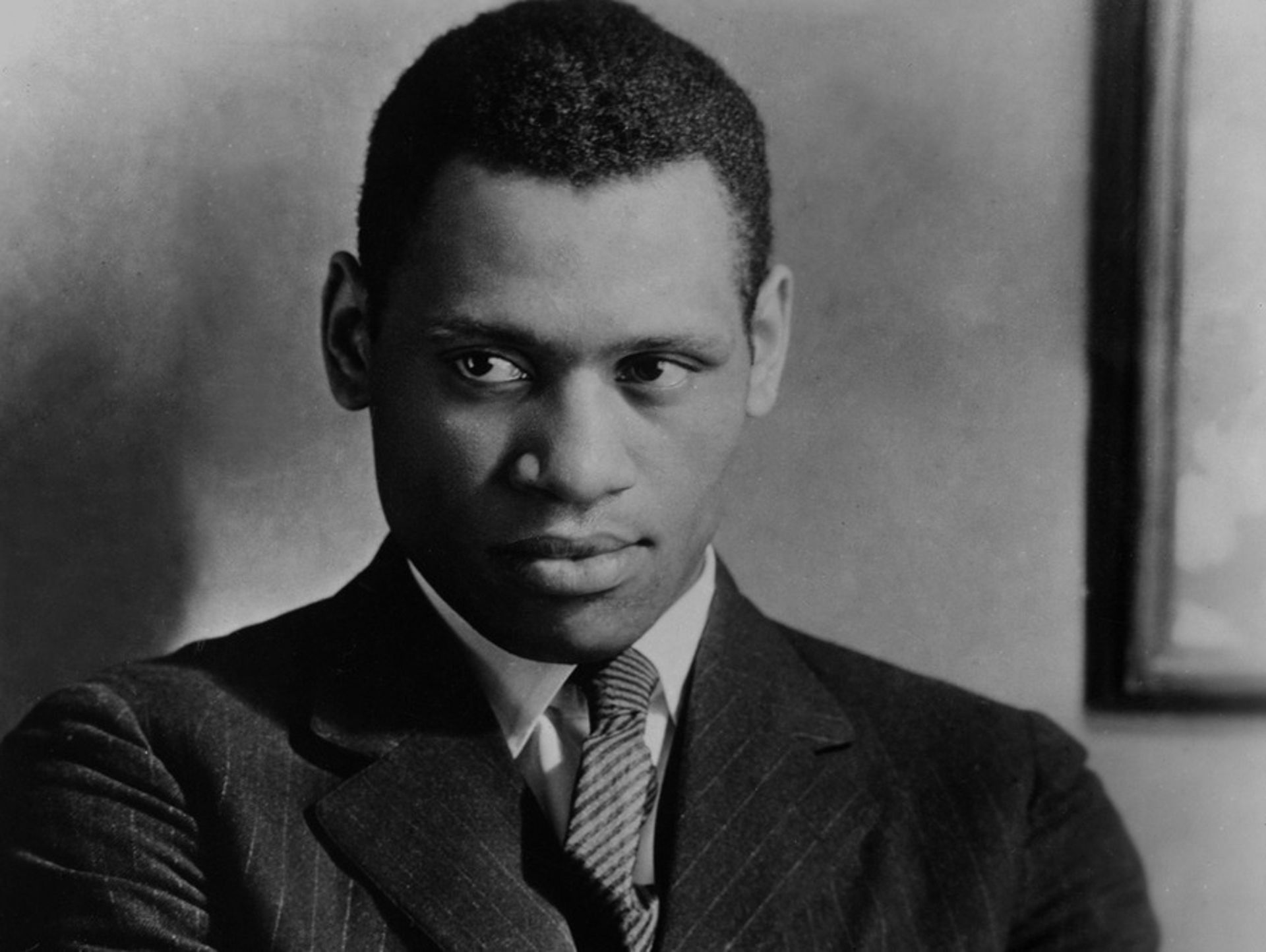On January 16th, 1917, German Foreign Secretary Arthur Zimmerman sent a coded telegram to the German minister in Mexico that revealed a plan to renew Unrestricted Submarine Warfare (USW) and propose an alliance to Mexico. In exchange for initiating an attack on the United States, Germany promised to allow Mexico to annex parts of the American Southwest (Texas, Arizona, and New Mexico). In the Zimmerman Note, the Germans intended for Mexico to go to war with America in hopes that America would divert their attention to protecting their homeland and as a result, slow down their shipments of arms, munitions, and troops to the Allied powers.
The Germans had a longstanding history of backing up Mexico: in the 1914 Ypiranga Incident, Germany armed, funded, and even advised the Mexicans on military strategies. The Germans promoted conflicts between Mexico and America to little success: President Wilson did retaliate a few times (invasion of Veracruz, capture of Pancho Villa, etc.), but it wasn’t enough to form a war, as peace conventions quickly deescalated the situation.
The secret to the British’s ability to decode the telegram was that they had already started intelligence efforts when the war seemed imminent in 1914. They sent ships to cut Germany’s trans-atlantic cables and six other underwater cables that sent messages from Germany to Britain. Soon after the war began, Britain was able to tap into German messages sent over overseas cable lines borrowed from neutral countries.
 In 1915, Russia sent over a copy of the German naval codebook retrieved from a drowned sailor and a copy of the German diplomatic code stolen from a German diplomat’s luggage. This information allowed the British to get a head start on decoding German messages. By 1917, most German messages could be deciphered by the British cryptographic office known as “Room 40”.
In 1915, Russia sent over a copy of the German naval codebook retrieved from a drowned sailor and a copy of the German diplomatic code stolen from a German diplomat’s luggage. This information allowed the British to get a head start on decoding German messages. By 1917, most German messages could be deciphered by the British cryptographic office known as “Room 40”.
Since many of their lines were cut, the only way Germany could send their telegram to Mexico was through a relay system: the telegram would be sent to the United States embassy office in Denmark, sent to the United States, then sent to Mexico. However, the Germans were caught in a precarious situation of relying on the United States to send their coded message to Mexico, as there was a large possibility the American telegraphers would find the coded messages alarming.
Soon after the Zimmerman Telegram was sent, the British decoded the telegram and sent it to the United States. By March 1st, its scandalous contents were spilled all over the front covers of national newspapers. Although most of the U.S. believed in neutrality and isolationism, the Zimmerman Telegram set off the first nationwide demand for war with Germany.
Along with the sinking of several passenger boats, submarines, and other American vessels, the Zimmerman Note finally pushed the U.S. over the brink. Since the Zimmerman Note provided fresh evidence of German aggression, President Wilson abandoned his policy of neutrality and asked Congress to declare war on Germany and the Central Powers. Four days later, the U.S. cast its lot with the Allied Powers and went to war.
Sources:
- https://www.theworldwar.org/explore/centennial-commemoration/us-enters-war/zimmermann-telegram
- https://www.history.com/news/what-was-the-zimmermann-telegram
- https://en.wikipedia.org/wiki/Zimmermann_Telegram
- https://www.history.com/news/the-secret-history-of-the-zimmermann-telegram
- https://www.britannica.com/event/Zimmermann-Telegram

























